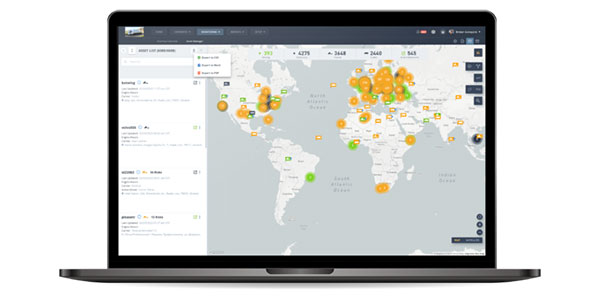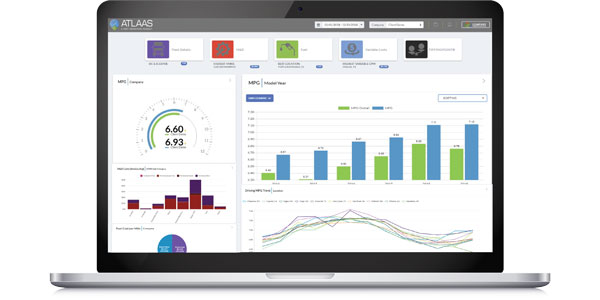Darry Stuart says there are many things you can do to keep OSHA happy when a representative walks into your shop. Presenting a clean and orderly shop is top of the list.
To get started, do some fact-finding about conditions in your shop(s). Go out into the work areas with a camera and take a couple hundred pictures—not hard to do today with a digital camera. Then, look at the photos (do a slide show)—this will provide graphic insights into what needs to be done to upgrade conditions.
Here are some basic things to consider.
1. The first thing to do is clean the shop—and I mean really clean the shop. It is best to do this yourself with a team of people who understand the goal. Start with the easier things, like throwing out everything that does not have a place (used parts, trash, junk, etc.), this includes disposing of those things hidden under shelves, in the corners, top of tool boxes, or hanging on the walls (it is best to take down all of the pictures, calendars etc.). Now that you have cleaned out the shop, you are able to assess what should go back in and make sure everything that is replaced is clean, useful and has a proper place for easy access or best place for storage.
2. Wash the floors. You do not have to use strong chemicals; simple detergents or biodegradable products work well. The floor may need to be pressure washed; but I would assume if you are doing this, the pressure washing is probably necessary.
3. After the floor dries, it may be time for a new coat of paint. A good quality, oil based primer should be used. Apply and allow it to dry for a couple of days, after which time paint it with a quality high gloss, oil base paint applied in thin coats. Gray paint works best, but I have seen green, white and red. Two light coats are all you should need. Let the paint setup for a few days and then cover with a clear-coat, hard. For walkways, I would suggest bright, high gloss yellow (not traffic flat yellow) and consider trimming with red (4-in.) lines. You may also wish to use red trim across the overhead doors, and to mark areas where you wish to prohibit access. Other paint choices:
a. Bright gloss yellow paint works well on all stairways and handrails. The bottom treads can also be yellow to alert caution.
b. Bright green paint works well in safety areas, like eye wash stations (paint the floor and back wall).
c.For the best impact, the shop walls and ceilings should be painted bright high gloss white, preferably not light gray, which can seem like it’s starting off dirty white. For best results, use a quick-drying high-gloss latex (water base), which dries quickly and is easy to clean. Some company accent colors may need to appear in certain areas.
d. Fire extinguisher areas should also be painted red and clearly marked to note this designated area. (Remember the shop should be supplied with plenty of fire extinguishers—even mounted on each torch cart and on the welder.)
e. Exit doors can be painted a specific color. I usually choose bright red since most exit sign are red as are most emergency doors. Also, consider adding reflective decals to exits so if the emergency lights do not work a flashlight will clearly identify doors.
f. Bottom of the rollup doors should be painted bright high gloss yellow for visual identification effect as well.
4. For best cleaning results, remove the speedy dry and replace with “mops and buckets.”
These are just a couple of basic concepts that may enhance shop productivity—perhaps raising the perception of the quality of the work perform as well and should help to make employees feel better about the place they spent a third of there day. Cleanliness and attention to shop “order” should help keep OSHA happy when they come through the door—it might be said, what they see is what you get or don’t get.













